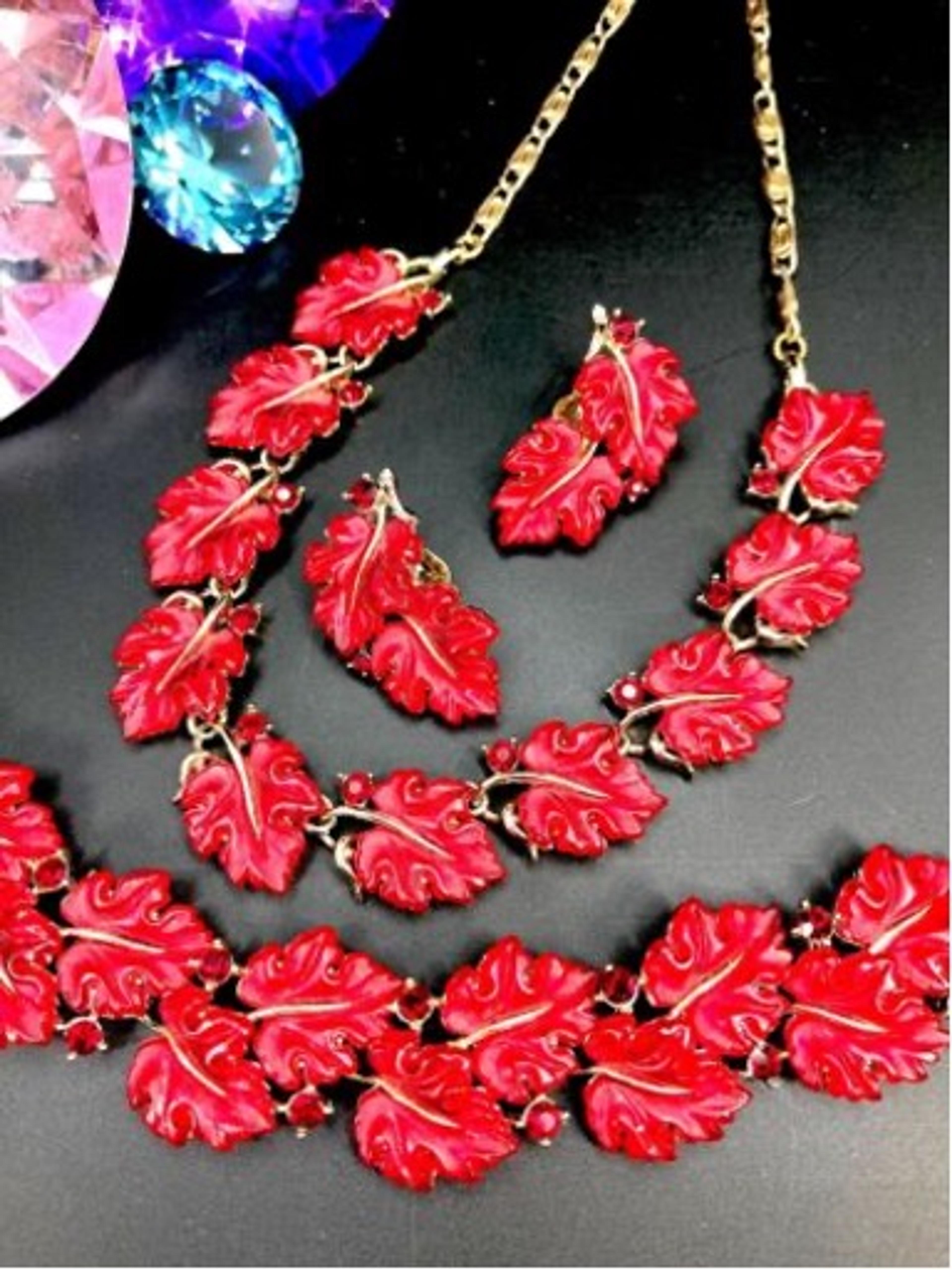Rhinestone costume jewellery has been a popular accessory for many years, serving as a cost-effective and adaptable substitute for actual diamonds and precious stones. As fashion and market preferences evolve, however, so does the future of rhinestone costume jewelry. The focus has switched to eco-friendly alternatives to classic rhinestone jewelry, such as recycled glass and crystal, in response to the increased awareness of sustainability and ethical fashion. The rise of e-commerce has made it simpler for small and independent jewelry designers to present their one-of-a-kind creations to an international audience. In this article, we will explore the latest advancements in the industry, including technological innovations, sustainability efforts, changing fashion trends, and the impact of e-commerce on the market. Walk with us as we explore the potential of rhinestone costume jewellery and how it will evolve to suit the demands of the market in the years to come.
Technological Advancements
The introduction of 3D printing technology has been one of the most revolutionary developments in the realm of rhinestone costume jewelry. Intricate patterns and shapes that would have been difficult to create by hand are now within reach, thanks to this technology. Customers can make their own jewelry designs and have them printed on demand with the use of 3D printing, allowing for a higher degree of personalization.
LED lighting is another example of technical progress. In order to produce a truly eye-catching piece of jewelry, LED lights can be set into rhinestones. This sort of tech is widely used in dance and performance costumes since it helps to amplify the overall aesthetic effect.
The proliferation of online stores has also facilitated the global dissemination of rhinestone jewelry. Online marketplaces and social media platforms have allowed small and independent jewelry makers to showcase their unique designs to a global audience.
Online shopping has also led to the rise of niche markets and specialty products. This includes handmade and artisanal rhinestone jewelry, as well as vintage and antique pieces. These products appeal to consumers who are looking for unique and one-of-a-kind items that cannot be found in traditional retail stores.

Sustainability
The fashion industry is beginning to place a greater emphasis on sustainability as consumers become more aware of the need of protecting the environment. This trend also affects rhinestone costume jewelry, as manufacturers are looking for ways to reduce their carbon footprint and use more eco-friendly materials.
To achieve sustainability, manufacturers are opting to incorporate recycled materials into their jewelry production. For instance, recycled glass is used to make rhinestones, while recycled metal is utilized for the settings. Additionally, manufacturers are exploring ways to reduce waste during the production process. The use of eco-friendly materials also aligns with the values of many consumers increasingly seeking sustainable and ethical fashion options. In fact, a recent study by McKinsey & Company found that sustainability is one of the top factors influencing purchasing decisions among millennials and Gen Z consumers.
Conclusion
To sum up, the future of rhinestone costume jewellery is really positive. As consumers grow more aware of the need to buy sustainable and ethical clothing, the fashion industry is emphasizing more sustainable materials and fresh, original styles. The use of recyclable glass, 3D printing, and customization are just a few of the exciting developments in the horizon for rhinestone costume jewelry. Fashion is always adapting to new trends and styles, and rhinestone costume jewelry will always be a great way to add a little bling and individuality to your look without breaking the bank. Whether it is through eco-friendly production methods or cutting-edge design technology, the future of rhinestone jewelry looks bright and exciting.



Comments are closed.